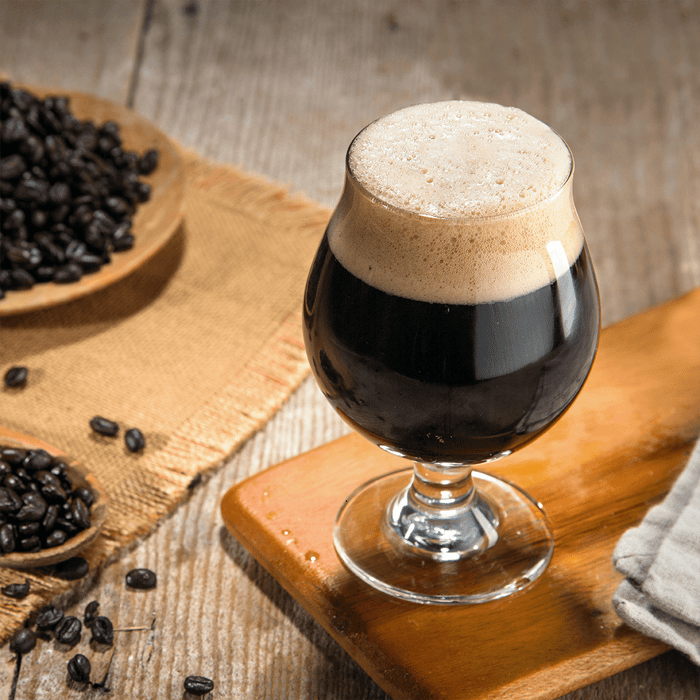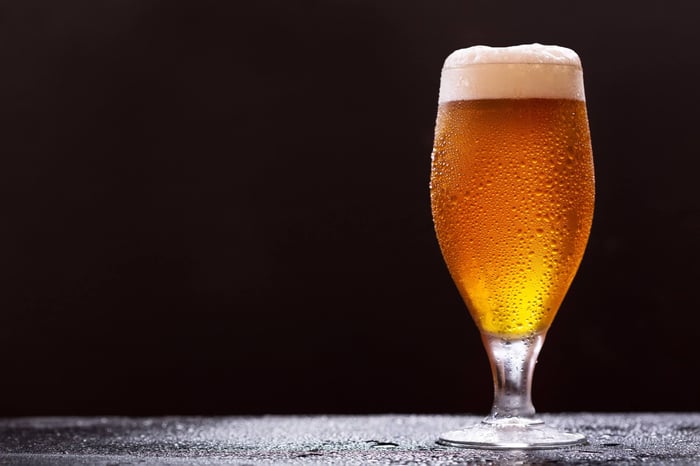Australia's coffee scene is legendary – from Melbourne's laneway culture to Sydney's specialty roasters. That same passion for coffee excellence translates beautifully into brewing, creating opportunities for some seriously impressive coffee beers. Our senior brewing consultants share their comprehensive approach to coffee integration, developed through years of experimentation and refinement.
The Evolution of Coffee Beer Brewing
Our fascination with coffee brewing began with a transformative experience drinking Founders Breakfast Stout. "That beer was a complete game-changer," we reflect. "The way those Sumatra and Kona beans integrated with the roasted malt and chocolate character was absolutely remarkable. It demonstrated the incredible potential when coffee and beer work in perfect harmony."
Our initial experiments focused on traditional dark styles, but an unexpected encounter with a homebrewed coffee lager revolutionised our thinking. "Sometimes the most surprising combinations create the most memorable experiences," we explain. "That coffee lager challenged every assumption about where coffee belonged in brewing – and it worked brilliantly."
Style Selection Strategy: Beyond Traditional Boundaries
Foundation Styles: The Stout Advantage
The natural affinity between stouts and coffee is well-established for excellent reasons. Traditional stouts provide complementary flavour elements – rich chocolate character, roasted grain complexity, dark fruit undertones, and nutty qualities that enhance coffee beautifully. Many stouts already possess coffee-like characteristics from their grain bills, creating an ideal foundation for coffee integration.
Strategic approach: For brewers new to coffee integration, stouts offer the most forgiving environment. The complex flavour profile provides ample space for experimentation without overwhelming the base beer character.
Innovation Territory: Light Beer Applications
Australian craft brewing has embraced style innovation, and coffee in pale beers represents this progressive approach. Consider the success of coffee-infused wheat beers or the emerging trend of coffee session ales across Australian craft breweries.
Technical considerations: Coffee bean oils contribute body and texture while potentially affecting foam stability. Coffee's inherent bitterness requires careful recipe balancing – particularly important in delicate styles where precision matters most.
Planning a wheat beer? Consider how coffee oils might affect your characteristic fluffy head. Developing an IPA? Ensure coffee bitterness complements rather than competes with your hop character.
Lagers offer fascinating possibilities but demand precise execution – their clean profiles reveal every extraction detail.
Coffee Selection: Understanding Your Ingredients
Australia's vibrant coffee culture provides exceptional ingredient options, from local roasters to specialty imports. Each coffee variety brings distinct characteristics – Ethiopian beans might offer bright acidity and fruit notes, while Central American varieties could provide chocolate and nut characteristics.
Professional methodology: Cup your selected coffee before finalising your beer style. Understanding its flavour profile, acidity, body, and finish will inform both your style selection and extraction approach.
Collaboration opportunities: Australian coffee roasters often enthusiastically support brewing projects. Many can provide technical insights into extraction methods and may have specific beans suited to brewing applications.
Consider seasonal availability too – some coffee varieties are only available at certain times, which might influence your brewing schedule.
Extraction Techniques: Maximising Coffee Character
Direct Bean Integration
This technique involves adding whole coffee beans directly to your fermenter, typically contained within sanitised hop bags for easy management. While not the most efficient extraction method, it provides excellent control and straightforward implementation.
Monitoring protocol: Conduct regular sampling using sterile techniques to track flavour development. Remove beans or rack the beer once target character is achieved – usually 2-5 days depending on variables like bean quantity and desired intensity.
Cold Extraction Application
Cold steeping involves soaking coffee beans in room temperature water for 24-48 hours before adding the liquid to your fermenter. This method extracts desirable coffee compounds while minimising harsh tannins and excessive bitterness.
Advantage: Provides precise control over extraction strength and character, eliminating risks associated with over-extraction during extended contact periods.
Hot Brewing Addition
Standard coffee preparation methods can be effective, particularly for pre-packaging additions. Hot water efficiently extracts coffee compounds but requires careful management to prevent harsh, dominating flavours.
Implementation: Best suited for final flavour adjustments before packaging, allowing precise intensity control.
Critical Errors to Avoid
We learned this lesson through painful experience: "Adding instant coffee granules directly to the fermenter was catastrophic. The filtration problems were horrendous, and the drinking experience was ruined by coffee particles. Some brewing mistakes provide unforgettable education."
Timing and Development Control
Successful coffee integration demands systematic monitoring and patience. Each combination of coffee variety, extraction method, and beer style creates unique parameters requiring individual attention.
Systematic approach: When using bean addition methods, sample every 48 hours using sterile equipment. Document flavour progression to develop knowledge for future batches.
For liquid coffee additions, conduct preliminary trials using measured beer samples and calculated coffee quantities to establish optimal ratios before full-batch implementation.
Australian Coffee Beer Innovation
The Australian craft brewing landscape has embraced coffee integration with characteristic innovation and quality focus. From coffee-infused dark ales using locally roasted beans to pale ales with subtle coffee notes, Australian brewers are creating distinctive expressions that reflect our sophisticated coffee culture.
Seasonal strategy: Consider Australian climate and drinking patterns. Lighter coffee beers might suit summer outdoor events and festivals, while richer coffee styles complement cooler months when people seek warming, contemplative beverages.
Regional inspiration: Draw from Australia's diverse coffee regions and roasting styles. A coffee sourced from the Byron Bay hinterland might create completely different beer character than beans from Melbourne's established roasting scene.
Your Coffee Brewing Journey
Coffee integration represents one of brewing's most rewarding challenges, combining technical skill with creative vision. Whether you're crafting a traditional coffee porter or experimenting with coffee-infused saisons, success comes from understanding your ingredients and maintaining systematic approach to development.
The key lies in respecting both coffee and beer characteristics, allowing each to contribute optimal qualities while creating harmonious integration. Every exceptional coffee beer begins with quality ingredients and develops through careful observation and methodical adjustment.
Planning your next coffee experiment? Consider how Australian coffee culture might influence your approach. Our appreciation for coffee excellence provides the perfect foundation for creating truly exceptional coffee beers that reflect both brewing skill and coffee sophistication.
Grainfather Team










